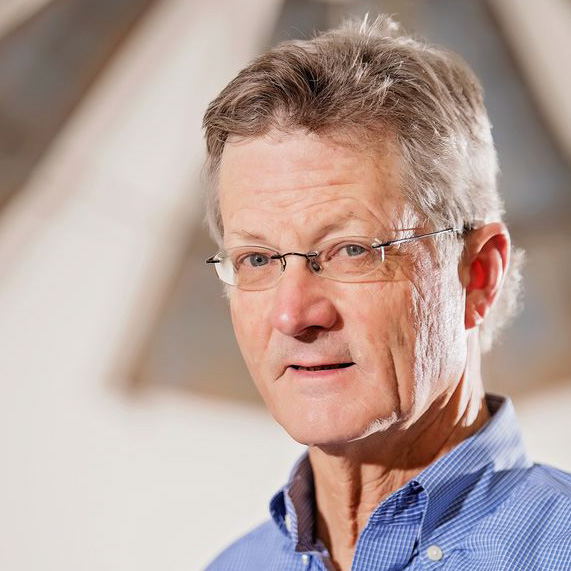
They say everything is bigger in Texas, and that is especially true when it comes to transportation. As the nation’s second largest state, by both population and land area, Texas heavily relies on roads and railways to get people from one place to another. According to the United States Department of Transportation, the Lone Star State ranks first in the number of roads and railways with over 10,500 miles of railroad track and 680,000 miles of roadway. That number will increase as Texas continues to grow.
During the 87th Legislative Session, Speaker Phelan appointed me to serve on the House Committee on Transportation, and I believe that adequate transportation and infrastructure are essential to the growth of rural Texas. In rural counties, people and places are spread further apart than in big cities. Our state and local highways and byways are essential to keeping our towns connected to the rest of the state. In fact, in House District 60, we have more cars than we do people. Across our eight counties, there are only 182,000 people and over 200,000 registered vehicles.
Unfortunately, despite the many roads and railways that intersect our communities, our infrastructure is in dire need of repair. A 2021 national study on United States Infrastructure graded our Texas roadways a D+, one of the lowest scores in the nation. The report also found that there are 818 bridges and 19,400 miles of road in poor condition. So, why is it that our state spends $15 Billion annually on our roadways, yet they appear to be falling apart? I found out the answer is more complicated than it might appear.
The Texas Department of Transportation (TxDOT) is the body that regulates most of Texas transportation; however, they are only able to improve upon roadways the state owns. Out of the 680,000 miles of roadway in the state, only about 200,000 miles are under TxDOT jurisdiction. The remainder of the roads are operated by a combination of federal, county, and local governments. In the federal report, over 75% of the roads labeled “poor” are not maintained by the TxDOT system. This means the majority of maintenance falls on these other entities. While one might assume $15 Billion annually for infrastructure would be enough to cover these costs, statistics show, because of the number of roads in our state, this funding only covers the bare minimum needed. As our state continues to grow, a White House report estimates the state will need an extra $15 Billion annually in state funding just to maintain existing roads.
Moreover, a recent federal economic report stated despite ranking number one in total infrastructure, Texas ranks 16th in total infrastructure spending. Texans, particularly in rural areas, spend more miles driving on roads than any other state. This means Texas roadways deteriorate at a much faster rate. State and local governments combined spent around $186 Billion on road maintenance in 2020; however, that number, while effective at maintaining current infrastructure, is insufficient to improve road conditions. These circumstances place an immense burden on city and county officials to fix local roads, with little support from the state, by either raising taxes or competing for grants. You may ask, “What is the solution?”
Fortunately, during the 87th Legislative Session, the Texas Legislature overwhelmingly passed House Joint Resolution 99. HJR 99 proposes a constitutional amendment to allow counties to finance the development or redevelopment of transportation or infrastructure in unproductive, underdeveloped, or blighted areas in the county, as long as any bond proceeds are not used by the county to construct a toll road. Similar to all constitutional amendments, to become active, HJR 99, or “Proposition 2,” as it will appear on the ballot, will need to be approved by a majority of Texans during the election this November 2nd.
Proposition 2 expands upon Senate Joint Resolution 8, which amended the Texas Constitution in 1981 to allow local officials to utilize tax increment financing within municipal limits. A form of tax increment financing, known as Transportation Reinvestment Zones (TRZ), is available for areas deemed underdeveloped by a city and are intended to promote public safety and facilitate property redevelopment and traffic movement. The city-elected officials must pass an ordinance to create a TRZ before proposing any bond or funding mechanism to improve its infrastructure. Currently, only cities have authority to use tax increment financing. Proposition 2 will extend this ability to include our county leaders, who with the approval of taxpayers, can get to work on revitalizing our crumbling rural infrastructure without tolls.
Proposition 2 is a solid first step in repairing our rural public infrastructure. Rural areas are in disproportionate need of vital public highways to maintain our connections to the rest of the state. As more people continue to flock to our small-town communities, our roads will continue to deteriorate. To continue the survival of the rural economy, we need to empower our local leaders to help keep our state driving forward.
Written by Texas State Representative Glenn Rogers